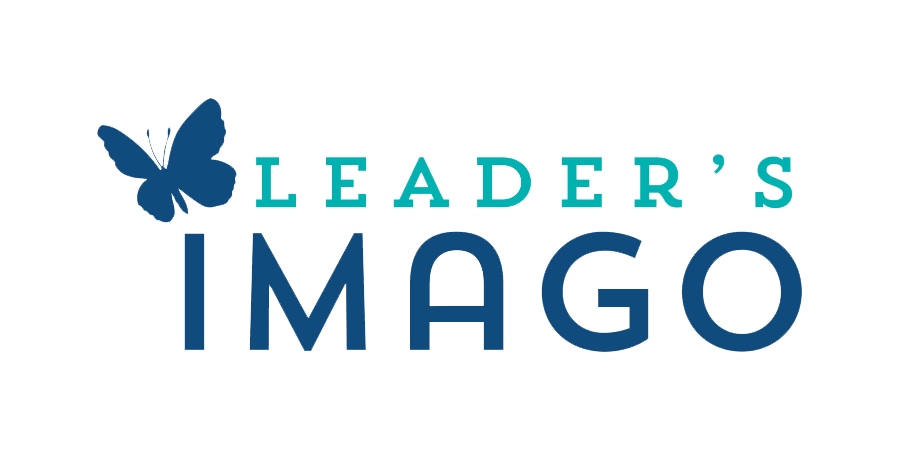I have received coaching over the years, and I coach managers and high potential employees among my clients. I have personally experienced and witnessed the power of coaching for personal and professional development. Coaching is a Power Tool for leaders! But I find that it can often be misunderstood due to several reasons. Here are just a few of those factors:
1) There is confusion between Coaching and Disciplinarily Action.
Unfortunately, the first step in many progressive disciplinary processes is called “Coaching”. While the goal of this first step is to bring about higher levels of performance for an individual (usually correction of a behavior), because it is now linked with “getting into trouble at work”, the term “Coaching” now puts a bad taste in people’s mouths. The manager associates “Coaching” with dealing with bad behavior. The employee associates “Coaching” with punishment.
2) There is confusion between Training, Mentoring and Coaching.
Coaching is distinct from mentoring and training, but these terms are sometimes used interchangeably. Training is designed to teach knowledge or skills to address a deficiency. (Think Jack Black from School of Rock!) Mentoring involves an experienced individual providing guidance and advice based on their own expertise. (Think Mr. Miyagi from Karate Kid!) While coaching focuses on facilitating the coachee’s self-discovery and growth through probing questions and active listening. (Think Marshall Goldsmith who shares some his personal coaching stories in What Got You Here Won’t Get You There.)
3) Coaching is viewed as only useful for addressing underperformers.
Coaching is not just for individuals who are struggling or underperforming. It can benefit high-performing employees as well by helping them develop new skills, navigate transitions, and enhance their leadership abilities. Treating coaching solely as a remedial tool can stigmatize it and discourage individuals from seeking coaching when they need it.
4) Coaching is not a “quick fix”.
We shouldn’t expect immediate, dramatic changes from coaching. This is unrealistic. Personal growth and development take time, and coaching is a gradual process that unfolds over sessions. Organizations focused on immediate results might view coaching as a time-consuming process that takes away from daily tasks. This mindset can prevent coaching from being integrated effectively into the organization’s culture. Coaching is most effective when there is a genuine commitment from both the coachee and the organization. If coaching is treated as a checkbox activity or a quick fix, its potential for long-term impact might be undermined.
AND THE BIG ONE?
5) Leaders don’t know HOW to coach effectively.
Not all managers or leaders are inherently skilled coaches. Without proper training, a manager attempting to coach might unintentionally veer into mentoring, advising, or directing, which can get in the way of the coachee’s growth and self-discovery. I’m happy to say that Leadership Through Coaching, offered by Leader’s Imago, is an EXCELLENT program that helps equips leaders on how to effectively create a coaching environment, understand the person they are coaching, and tailor their coaching skills to most effectively influence the individual that they are coaching!
To fully realize the potential of coaching, organizations can educate their leaders and employees about what coaching entails, provide proper training to leaders to help them learn how to become effective coaches, and integrate coaching into their overall talent development strategy. Coaching is a Power Tool for leaders who seek to foster growth, enhance leadership skills, and drive positive change within their organization.
Join us at our next Leadership Through Coaching program and take your coaching to the next level! Contact me for more information!




